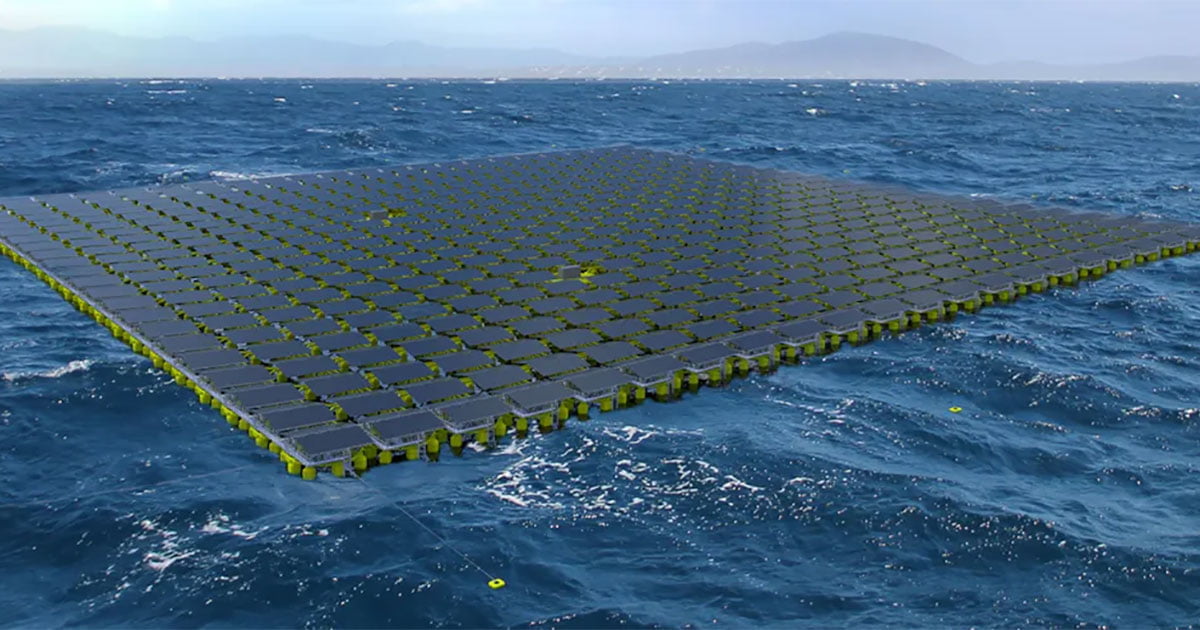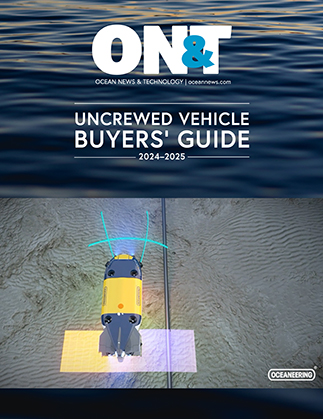The Statement of Conformity verifies that the design methodology complies with DNV general principles and requirements following the standard DNV-ST-0119. DNV has conducted independent investigations to identify and reduce errors, deficiencies, and weaknesses in methods and analytical tools. Wind, waves, and currents affect structures in the sea, and DNV’s input ensures that this is taken care of in the further development of the concept.
The independent confirmation of their design brief helps Moss Maritime reduce risks as well as attract the investments needed for further advancing their floating solar technology.
“We aim to have a prototype in the water by June. DNV’s Statement of Conformity is a recognition and a stamp of quality that gives us a good basis for further work,” says Alexander Minge Thøgersen, Vice President of Engineering at Moss Maritime. “Compared to floating wind turbines, floating solar power technology is simpler, engineering costs are lower, and structures are easier to build. Floating solar power is also well suited for mass production, which will have a positive impact on price and deployment.”
DNV’s 2023 Energy Transition Outlook highlighted the staggering growth that solar photovoltaics (PV) has seen in recent years, moving from 1 GW installed annually in 2004 to 250 GW installed in 2022 alone. With land-based growth on this scale, the large amount of space required for development presents a challenge that may be addressed by floating solar.
Floating solar technology must overcome rough sea conditions that land-based solar farms are exempt from, the potential benefits, such as reduced land footprint and co-location with existing wind farms, present compelling opportunities. In fact, by combining floating solar with offshore wind farms and thereby leveraging the same energy infrastructure and export cables, the resulting energy production capacity per used area could be drastically improved. This greatly underscores the viability of floating solar PV as a key component of the renewable energy landscape and its relevance in the energy transition.
“Solar power development is an important element in the energy transition. Investing in the development of floating solar power is therefore highly interesting, especially in connection with co-locating with offshore wind farms. This provides both good area utilization and the possibility of cost reduction through the sharing of infrastructure. In practice, Moss Maritime has received an instruction manual, so that they can design and develop floating solar power that can withstand rough sea conditions,” adds Hans Kristian Danielsen, senior vice president of global business development and sales enablement, Energy Systems at DNV, based in Hovik, Norway.

